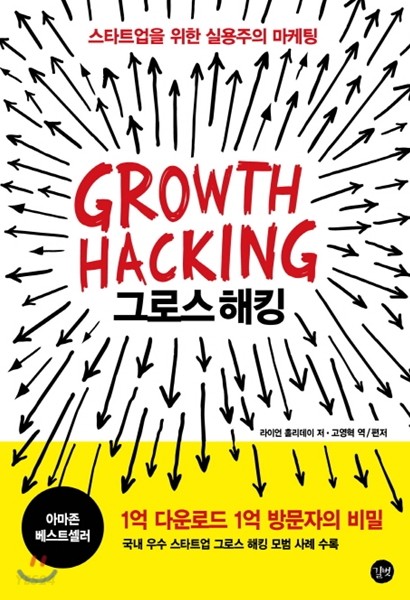
The world of business is a wild ride 🎢—sometimes it’s all about predicting the outcome, and other times, it feels like a gamble. Entrepreneurs have always been trying to improve the accuracy of their forecasts, and they will continue to do so. But let’s be real, just having a concept isn’t enough to predict its success. You don’t really know the quality of the actual item until it’s out there. That’s why the chances of a new venture succeeding aren’t always high. Big companies try a bunch of things and live off the success of one or two. But for most startups, a single failure can be the end. So, how do you minimize uncertainty and boost your chances of success? 🤔
In the world of tangible business, choices are limited. Imagine you’re a publisher who just snagged a deal with a famous author. Now you’ve got to predict sales and decide how many copies to print. If demand exceeds your expectations, you’ll miss the boat. If sales lag, storage costs will skyrocket. Managing these logistics is key in traditional business. Likewise, traditional marketing has its challenges—measuring effectiveness against costs is tough. Ads on TV might boost sales, but since marketing happens on multiple fronts, pinpointing what worked is hard. While these are limitations of tangible business, accepting them is essential. The real challenge is creating new value in businesses with no inventory worries and measurable strategies. 📊
Let’s narrow our focus to marketing. Traditional marketing relies on mass advertising. Some time ago, using navigation logs for marketing strategies was trendy to combat uncertainty. Companies often use Google Analytics or Adobe services. With the right Funnel Strategy, you might see results. But, is step-by-step Funnel marketing truly effective? Not all customers start at the first step; they’re scattered across stages. So, sequential marketing isn’t always ‘effective.’ To overcome this, Facebook talks about signal-based full-funnel marketing. Yet many companies apply these pricey stacks to websites that don’t even get as many visitors as personal blogs. Even businesses that don’t sell online do this. It’s puzzling, but hey, if they’ve got the budget! 💸
For startups, failure isn’t an option, and budgets are tight. Marketing stacks primarily work if you already have some brand recognition, which isn’t ideal for everyone. In lean startups, developing the customer is as crucial as realizing the product. Capturing customers feels more urgent. Structurally building up seems necessary. Enter Growth Hacking—a marketing philosophy that embodies this mindset. When startups try something new, they use the lean startup method to create the most effective Product 1.0 through MVP and constant pivoting. Marketing needs to be a part of the product build from day one to measure customer conversion effectively. You might need to tweak the product’s design or add features to test conversion elements. Finding the most effective Marketing Journey by integrating marketing into the app’s design is what growth hacking is all about. 🚀
Leave a Reply